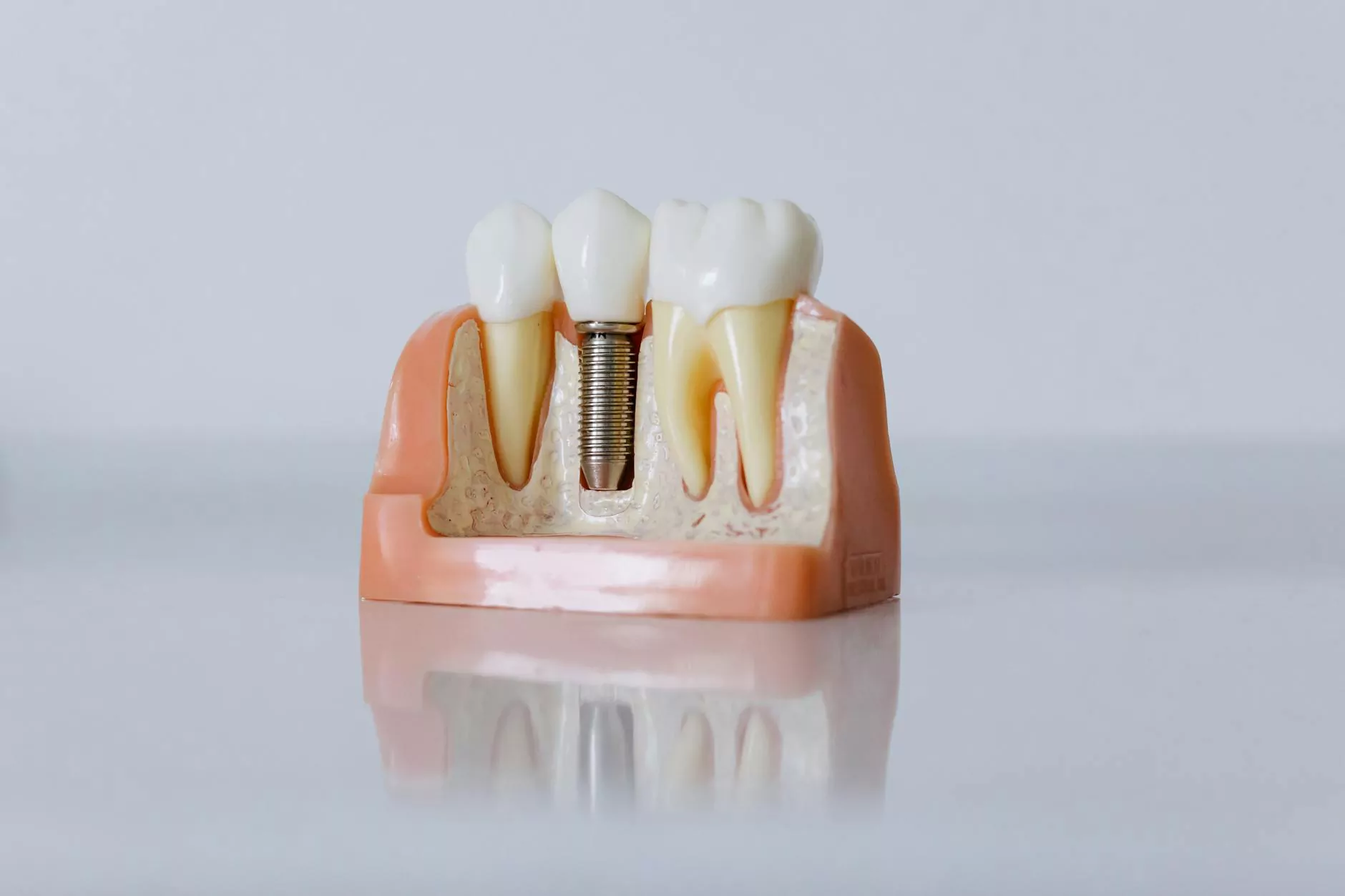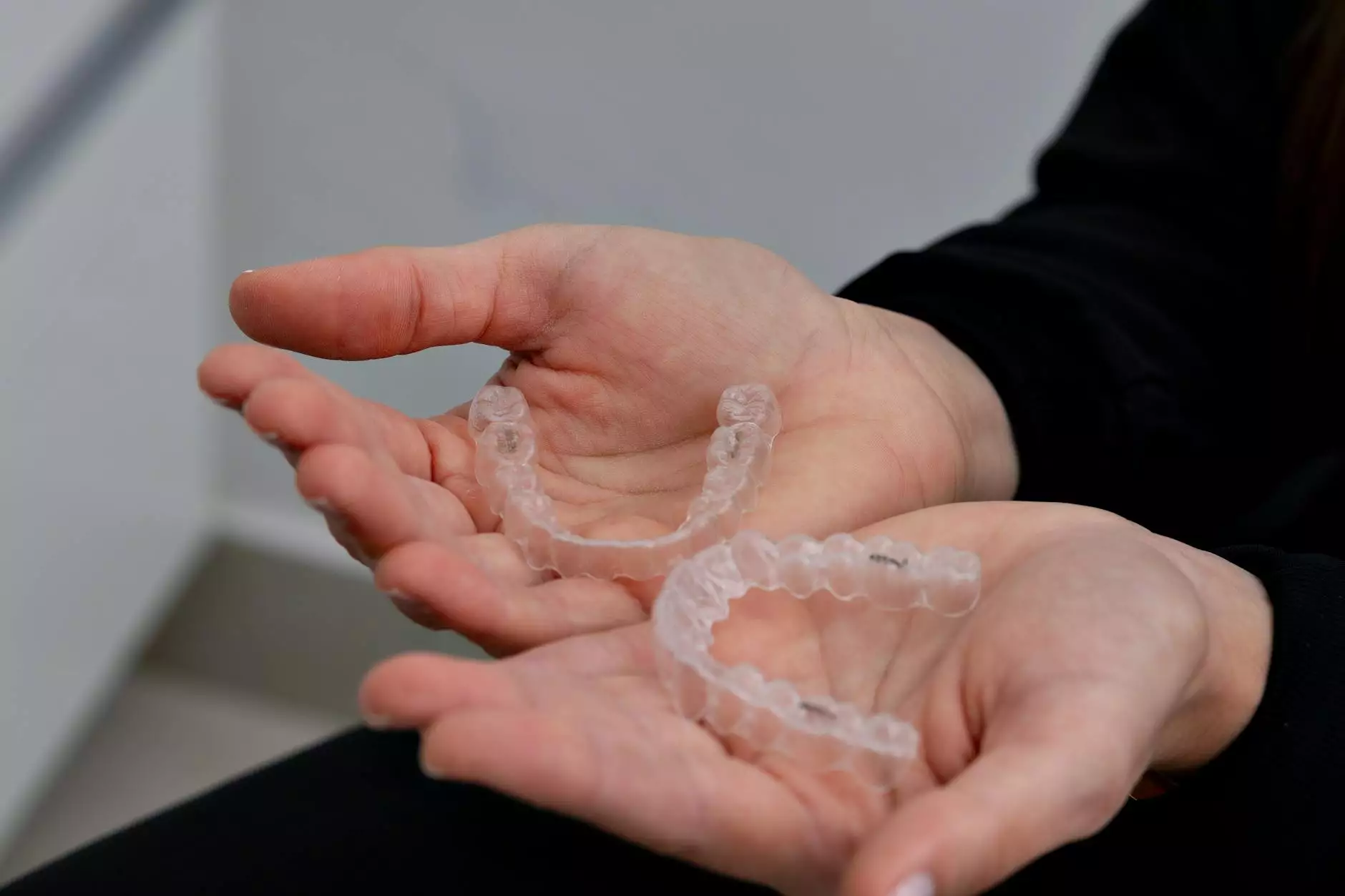Laparoscopic Salpingo Oophorectomy Surgery: A Comprehensive Guide

Laparoscopic salpingo oophorectomy surgery is a minimally invasive surgical procedure used primarily for the removal of one or both of the ovaries and fallopian tubes. This procedure has gained significant attention due to its advantages over traditional open surgery, including reduced recovery time, less pain, and minimal scarring.
Understanding the Procedure
The term "laparoscopic salpingo oophorectomy" can seem daunting, but breaking it down helps. The term salpingo refers to the fallopian tubes, and oophorectomy refers to the removal of the ovaries. Together, they describe a procedure often conducted to treat various conditions affecting women's reproductive health.
Indications for Surgery
Laparoscopic salpingo oophorectomy may be recommended for several reasons, including:
- Ovarian cysts: Persistent or painful cysts that do not respond to other treatments.
- Endometriosis: A condition where tissue resembling the lining inside the uterus grows outside of it, potentially affecting the ovaries.
- Ovarian cancer: To prevent the spread of cancer or to treat existing cancer in the ovaries.
- Pelvic inflammatory disease: Severe infections that lead to the need for part or all of the reproductive system to be removed.
- Anatomical abnormalities: Congenital issues affecting the reproductive tract.
Benefits of Laparoscopic Surgery
One of the most significant advantages of laparoscopic salpingo oophorectomy surgery is its minimally invasive nature. Some key benefits include:
- Less post-operative pain: Smaller incisions typically mean less pain compared to traditional surgery.
- Faster recovery: Patients often resume normal activities quicker, usually within a week.
- Minimal scarring: The smaller incisions lead to minimal scarring, which is generally more cosmetic.
- Reduced risk of infection: Fewer open wounds reduce the likelihood of post-surgical infections.
- Shorter hospital stays: Many patients can go home the same day as the procedure.
The Surgical Process
Before diving into the procedure, it's necessary to understand the pre-operative preparation:
Pre-operative Preparation
Prior to laparoscopic salpingo oophorectomy surgery, a woman will typically undergo a series of assessments and preparations, which may include:
- Medical evaluation: A thorough health check-up and discussion of the reasons for the surgery.
- Imaging tests: Ultrasounds or CT scans may be required to assess the condition of the ovaries and fallopian tubes.
- Discussion of anesthesia: Patients will meet with the anesthesia team to discuss what will happen during the procedure.
- Instructions for fasting: Patients are usually advised not to eat or drink for several hours before surgery.
During the Surgery
The laparoscopic salpingo oophorectomy surgery itself typically follows these steps:
- Anesthesia: The patient is given general anesthesia for comfort during surgery.
- Incisions: Generally, 2-4 small incisions are made in the abdominal area.
- Insertion of laparoscope: A laparoscope (a thin tube with a camera) is inserted through one incision to allow the surgeon to view the internal organs.
- Removal of the ovary and fallopian tube: Specialized instruments are introduced through the other incisions to carefully remove the ovaries and fallopian tubes.
- Closure: The incisions are then closed with sutures or surgical glue, and the patient is monitored as they wake from anesthesia.
Post-operative Care and Recovery
After surgery, understanding the recovery process is vital for ensuring a smooth transition back to daily activities.
Immediate Post-operative Care
In the immediate hours following laparoscopic salpingo oophorectomy surgery:
- Monitoring: Patients are closely monitored for any signs of complications, such as bleeding or infection.
- Pain management: Adequate pain relief is administered which may include medications.
- Hydration and nutrition: Patients are encouraged to start with liquids, progressing to solid foods as tolerated.
Long-term Recovery
Long-term recovery from laparoscopic salpingo oophorectomy surgery generally involves:
- Activity restrictions: Patients are usually advised to avoid heavy lifting and strenuous exercises for several weeks.
- Follow-up appointments: Visit the doctor for post-operative check-ups to monitor the healing process.
- Recognizing complications: Awareness of symptoms that could indicate complications such as extreme pain, fever, or unusual discharge.
Potential Risks and Complications
While laparoscopic salpingo oophorectomy is commonly performed and generally safe, it does come with risks. Potential complications include:
- Infection: There is a risk of infection at the incision sites or internally.
- Bleeding: Some patients may experience significant bleeding during or after the surgery.
- Injury to surrounding organs: There is a small risk of injury to surrounding organs such as the bladder or intestines.
- Adhesions: Scar tissue may form and lead to complications in the future.
- Anesthesia risks: As with any procedure requiring anesthesia, there are inherent risks that must be considered.
Conclusion
Laparoscopic salpingo oophorectomy surgery represents a significant advancement in women's health, providing effective solutions with less trauma and quicker recovery times. For women facing various reproductive health challenges, this surgical option offers hope and the possibility of restoring health with minimal disruption to their lives. If you’re considering this surgery or wish to learn more, consult with specialists such as those provided by DrSeckin.com to ensure you receive comprehensive care and expertise.
Whether dealing with ovarian cysts, endometriosis, or other conditions necessitating surgical intervention, understanding each aspect of laparoscopic salpingo oophorectomy is crucial. Equipped with this knowledge, patients can make informed decisions regarding their health, leading to better outcomes and enhanced quality of life.









